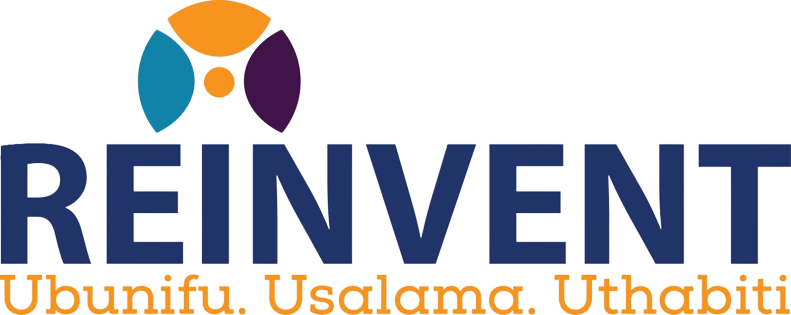TACKLING VIOLENCE AGAINST WOMEN AND GIRLS (VAWG)
Gender and social inclusion are strategic pillars upon which REINVENT defines change and impact. Recognising that violence against women and girls (VAWG) manifests differently in each region. REINVENT supports justice interventions, structured dialogues and advocacy solutions that tackle root causes of VAWG as well as VAWG prevalence and manifestation in the target counties. Through these interventions, we envision improved management of VAWG by national police service personnel, better-coordinated response mechanisms thanks to improved multi-agency coordination, gender-sensitive policing practices, more effective referral chains, and better prospects for survivors to access to justice.
REINVENT PROGRAMME APPROACH
1
Builds trust and accountability between the security services, referral agencies and the community to increase reporting of VAWG.
2
Integrates issues of VAWG into legislation and policy frameworks across Government of Kenya.
3
Localizes national legislation and scale-up capacity building for stakeholders including county-based gender technical working groups.
4
Strengthens referral-chains and advocacy pathways for greater access to justice for survivors.
5
Works along the peacebuilding and election security workstreams to enhance women’s participation in the peace and security sector decision-making processes and minimise the impact of electoral gender-based violence on women and girls.
Success Story
Shaping Collective Approaches To Tackle Normalisation of GBV
The Africa Women and Child Feature Services (AWCFS) pilot intervention in Samburu County sought to understand how socio-cultural norms and harmful practices, unequal power relations, and patriarchy make women and girls vulnerable to various forms of violence such as child marriage, FGM, Girl-Beading, and battering, and how violence affects their empowerment and realisation of individual human rights. The pilot involved organising community focus group discussions to establish the influence of gender norms on cattle rustling, a harmful cultural practice and a major source of conflict and insecurity in Samburu, Laikipia and Baringo counties; and secondly how patriarchy normalises and enhances this form of violence. Two key lessons emerged from this pilot intervention: first, women’s collective action is an important currency in conflict management and can determine how formal and informal structures, channels, movements, and actions engage to either sustain conflict or achieve peace. Second, the design of gender mainstreaming and VAWG programmatic interventions in these settings needs to take into consideration silence and concealment as social norms preserved by communities.
